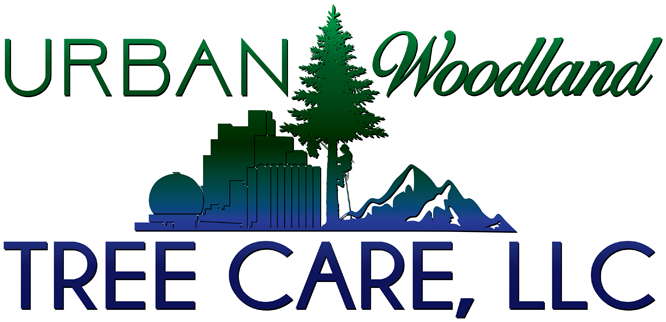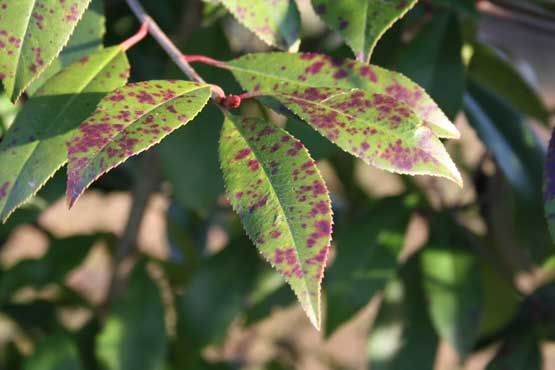There is no doubt that having trees on your property provides myriad benefits. Trees provide shade, clear the CO2 from the atmosphere and give us fresh air to breathe, and bring beauty to our backyards. Plus, where else would we hang swings for our kids to swing on?
Because many trees are so magnificent and such a mainstay of our lives, it can be difficult to remember that they get become sick. That’s why it’s important to understand the most common tree diseases — and keep an eye out for their symptoms.
1. Black Stain Root Disease (BSRD)
Fungi are one of the most common enemies of tress, no matter what the species. That is because there is a huge variety of fungi that can infect and eventually kill a tree.
One such fungus that focuses its deadly attention on several types of western conifers is called Black Stain Root Disease, or BSRD for short. The trees that are most often targeted by BSRD are pinyon pine, ponderosa pine, and Jeffrey pine.
How does BSRD work? It doesn’t decay the wood, as you might expect. Instead, it kills its host by preventing water from rising to the foliage.
2. Juniper Pocket Rot
Another very common tree disease, particularly when it comes to deciduous species like beech, birch, cedar, dogwood, and maple trees, is heart rot. It’s a sad-sounding sickness, but it is also aptly named, as the heartwood of the tree is affected.
Generally, heart rot occurs in trees that have not been pruned correctly, or that have been damaged by fire or pests. One specific variety of heart rot that Nevada homeowners might see is called Juniper Pocket Rot. It is particularly common in campground trees.
If pruning reveals a pink or red ring in the heartwood, Juniper Pocket Rot may have taken hold of your tree. In later stages, you will notice a decline in foliage.
Another sure sign of any fungal infection is a conk. It looks like part of a large mushroom attached to the tree, often at the base but sometimes up on the trunk, as well.
3. Damage from Pests
Although they are not tree diseases per se, we are including pests and parasites in our roundup. They are just as damaging and deadly as diseases to Nevada trees.
A few pests to look out for include:
- Mountain Pine Beetles. These attack Scotch pine, western white pines, sugar pines, and others.
- Jeffrey Pine Beetles. A serious threat to Jeffrey pines, but only to Jeffrey pines.
- Fir Engraver Beetles. These common bark beetles can be found in coniferous forests in the U.S. west. As their name implies, their most common targets are firs.
- Pine Engraver Beetles. Pine varieties including ponderosa, lodgepole, Jeffrey, and white are at risk for this beetle. It can often be found in smaller diameter trees or downed trees.
- Dwarf Mistletoes. These are plants, not insects, but they are considered parasites because they infect almost all of Nevada’s coniferous tree species.
The signs of pests and parasites vary, but if anything looks unusual, get your tree checked out.
What To Do If You See Signs of Tree Diseases?
Give us a call! As a licensed, professional tree service, we’re well equipped to monitor and diagnose these and other tree diseases.
Of course, if you simply need pruning, tree removal, stump grinding, or any other arborist services, we can take care of that, too.


Recent Comments